The brain is a muscle that contains trillions of neurons and manages bodily functions. Like all muscles, it requires some working out to remain healthy and fit. Most people don’t realize that their brain can atrophy, especially as they age. Healthy brain habits can delay muscle loss and degeneration by several years, if not indefinitely. The first step is to maintain a healthy diet and physical exercise schedule. If your body is fit, your brain will get all the nourishment it needs. Here are some forms of brain exercise that people can add to their healthy lifestyle.
Various Forms of Brain Exercise
1. Switch Hands
This is a simple, slightly bothersome task, but it can give your brain a big workout. When people use their non-dominant hand, their brain is forced to work harder and focus more. Even simple tasks like brushing your teeth can have an impact. It forces the non-dominant side of the brain to develop, so you’re building new connections and exploring new pathways.
2. Keep Your Eyes Closed
Perform regular chores with your eyes closed. Things like washing your hair, folding laundry, washing dishes, or even making a bed, can be done safely even if your eyes are closed. That forces your brain to focus and utilize different senses like touch or sound to complete the task. You use different pathways or neural connections, which sharpens your brain’s ability to process information.
3. Learn Something New
Learning something new always engages the brain in different ways. Every new skill forces the brain to make new connections or utilize its resources more efficiently. Learning something complex like music or a new language can engage different areas of your brain. Some of these regions are underutilized and could use some exercise.
4. Socialize More
Socialization is a complex task that requires a lot of focus and energy. The brain has to navigate different conversations, pay attention to others, and engage in various activities like consuming meals or watching entertainment. Research suggests that people who socialize more are less likely to develop degenerative mental diseases like Alzheimer’s. So, if you have just moved or don’t have any close friends, consider joining a club or community group to socialize more.
5. Participate in Activities That Utilize All Senses
Your senses feed a lot of information to your brain, so participating in actives that engage all of these senses can help. Traveling and exploring is a great way to engage all senses. You can look at new things, smell different fragrances, listen to a wide range of sources, and taste different cuisines.
Cooking is also a great activity as it engages all the senses. You see and feel all ingredients, taste to determine if the dish is turning out correctly, smell cooking aromas, and experience food through all those senses.
6. Meditate
People have been meditating for thousands of years and for good reason. It doesn’t just reduce stress- it forces your brain to work differently. Meditation helps improve focus, self-awareness, empathy, and mood. Plus, it can even improve your working memory capacity significantly. People who meditate regularly are sharper, more productive, and less likely to become frustrated. Meditation also forces individuals to focus inward and actively control the flow of thoughts.
These are just some of the many ways in which you can improve your brain’s function. Activities like playing chess, trying to solve puzzles, and painting can help engage different areas of your brain as well. People can play online brain games designed to improve function. Experts haven’t determined whether these games have any material impact, but they do keep the mind active through brain exercise.
Dr. Stacie Grossfeld and Orthopaedic Specialists are here to help. For an appointment with a board certified orthopedic surgeon and sports medicine doctor in Louisville, Kentucky, call 502-212-2663 today!
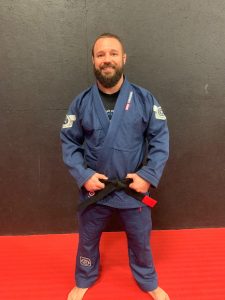

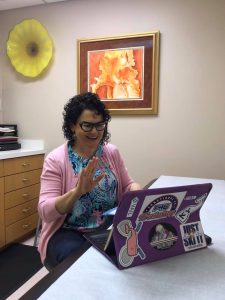
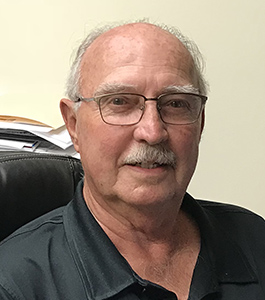

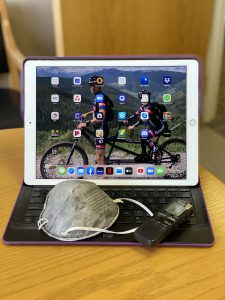

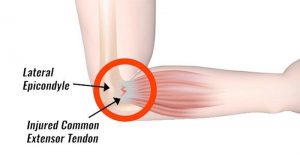
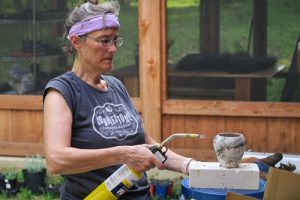

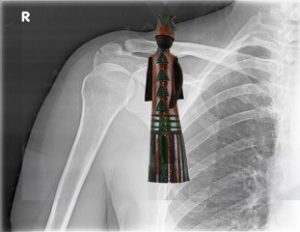
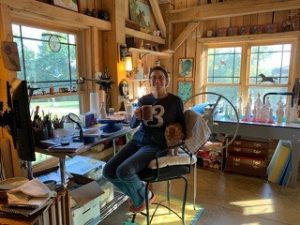
Recent Comments